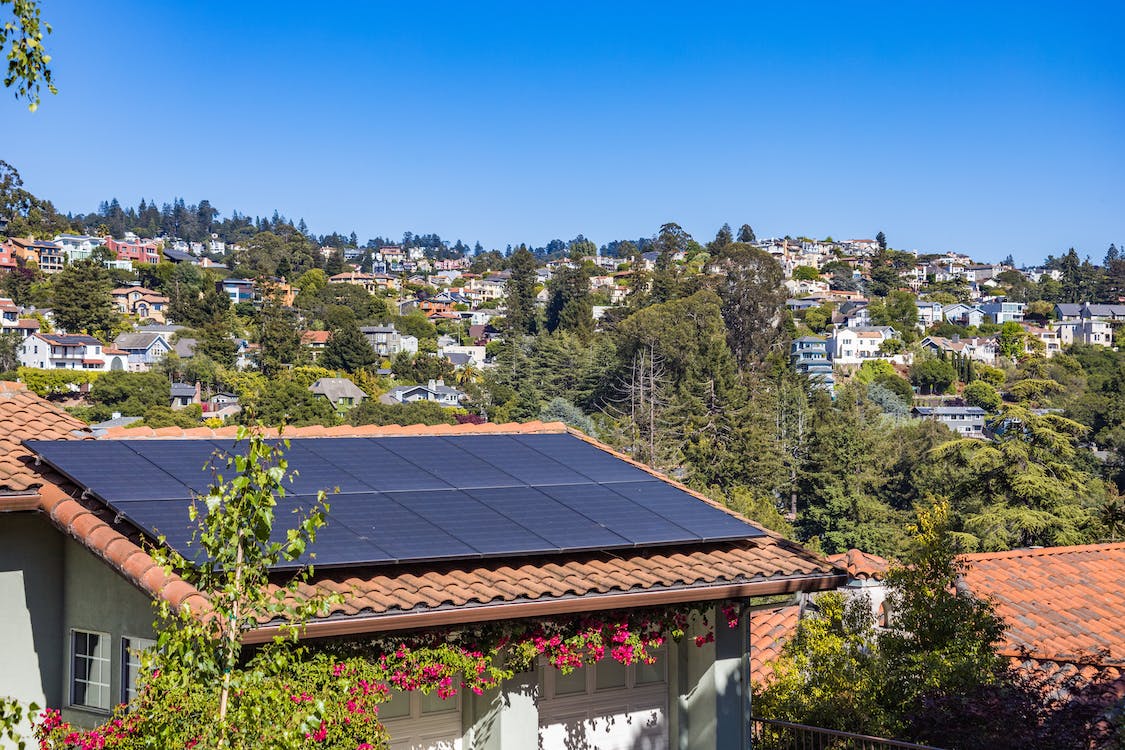In an era marked by environmental concerns, the concept of going green has transcended being a mere trend to become a conscious way of life. One of the most impactful places to start embracing a sustainable lifestyle is right at home. By making eco-conscious choices in your living space, you reduce your carbon footprint and create a healthier environment for you and your family. Here’s a comprehensive guide on what you can do to transform your home into an eco-friendly haven.
Energy-Efficient Lighting
Swap out traditional incandescent bulbs for energy-efficient LED or CFL lights. These alternatives consume significantly less energy and last much longer, saving both money and resources in the long run. Consider investing in smart lighting systems that allow you to control your home’s lighting remotely, optimizing energy usage.
Solar Power
Harness the power of the sun and generate your own energy with the services of Now EV, a solar company that can install solar panels on your roof. Solar energy is a renewable source that can drastically reduce reliance on traditional energy grids, lowering your electricity bills and decreasing carbon emissions.
Proper Insulation
Adequate insulation in your home minimizes heat loss in winter and keeps your space cool in summer. Properly insulating walls, roofs, and floors reduces the need for constant heating or cooling, leading to significant energy savings. Additionally, sealing gaps and cracks in windows and doors prevents drafts, further enhancing energy efficiency.
Water Conservation
Install low-flow faucets, showerheads, and toilets to conserve water. Collect rainwater for watering plants and gardens, reducing the need for additional water sources. Fix leaks promptly and consider installing a greywater system, which recycles water from sinks and showers for non-potable purposes.
Sustainable Materials
Opt for eco-friendly building materials when renovating or redecorating your home. Choose bamboo or reclaimed wood for flooring, recycled glass for countertops, and low-VOC (volatile organic compound) paint to minimize indoor air pollution. These materials are sustainable, often more durable, and aesthetically pleasing.
Indoor Plants
This is one of the simplest acts you can do and has a double benefit. They add a touch of greenery, enhancing the ambiance and promoting a sense of well-being, and can act as natural air purifiers, absorbing harmful toxins and releasing oxygen.
Composting
Set up a composting system for organic waste, including food scraps and garden trimmings. Composting reduces the amount of waste sent to landfills and produces nutrient-rich compost that can be used to enrich soil in your garden.
Waste Reduction
Embrace the zero-waste lifestyle by reducing, reusing, and recycling. Use reusable bags, containers, and water bottles to minimize single-use plastic. Compost organic waste and responsibly recycle paper, glass, metal, and plastics. Donate or repurpose items you no longer need instead of discarding them.
Educate and Advocate
Stay informed about sustainable practices and share your knowledge with others. Encourage your family, friends, and neighbors to adopt eco-friendly habits. Support and advocate for policies and initiatives that promote environmental conservation in your community.
Conclusion
Transforming your home into an eco-friendly haven is a journey that involves small, conscious choices accumulating into significant positive impacts. By embracing sustainable practices, you contribute to a greener planet and create a healthier, more harmonious living environment for yourself and future generations. Going green is not just an action; it’s a commitment to a more sustainable, mindful way of life, and your home can be the starting point of this transformative journey towards a greener future.

